Pronunciation:
(PAY-voh)Abbreviation:
PavGenitive:
PavonisRight Ascension:
20 hoursDeclination:
-65 degreesArea in Square Degrees:
378Crosses Meridian:
9 PM, August 25Visible Between Latitudes:
15 and -90 degreesThe constellation Pavo, the peacock, is located in the southern hemisphere of the sky. It is visible at latitudes south of 30 degrees from June through August. It is a relatively small constellation, covering 378 degrees of the sky. This ranks it 44th in size among the 88 constellations in the night sky. It is bordered by Telescopium to the north, Apus and Ara to the west, Octans to the south, and Indus to the east and northeast. It is one of the constellations known as the “Southern Birds”, along with Grus, Phoenix, and Tucana.
This southern constellation was one of 12 constellations created by the Dutch astronomer Petrus Plancius based on the observations of Dutch navigators in the 16th century. It was first depicted in Johann Bayer’s star atlas which was published in 1603. The name Pavo is Latin for “peacock”. It is believed to represent the Java green peacock that was encountered by Dutch navigators on their journey to the East Indies. In Greek mythology, the peacock was Hera’s sacred bird. Her chariot was drawn through the air by peacocks. The eyes on the peacock’s feathers are associated with the mythological giant, Argus. Argus was an all-seeing primordial giant with 100 eyes. When Argus was killed by Hermes, Hera put its many eyes on the tail of her peacock.
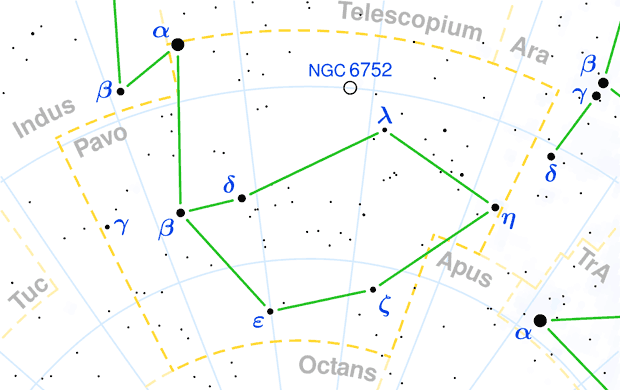
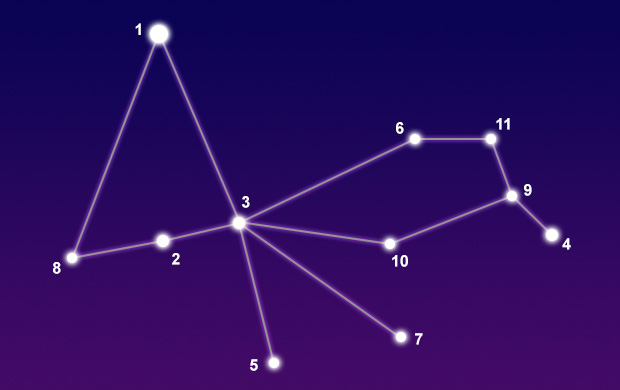
Beta Pavonis
Delta Pavonis
Eta Pavonis
Epsilon Pavonis
Lambda Pavonis
Zeta Pavonis
Gamma Pavonis
Pi Pavonis
Kappa Pavonis
Xi Pavonis
N/A
N/A
N/A
N/A
N/A
N/A
N/A
N/A
N/A
N/A
White Giant Star
Yellow Subgiant Star
Orange Giant Star
White Dwarf Star
Blue-White Giant Star
Orange Giant Star
Yellow-White Dwarf Star
Am Star
Cepheid Variable Star
Orange Giant Star
3.42
3.56
3.61
3.97
4.00
4.01
4.22
4.33
4.35
4.35
Pavo is famous for the bright star Peacock. With a visual magnitude of 1.94, it is the brightest star in the constellation. It is a blue-white subgiant star located near the border with the constellation Telescopium. The name Peacock was given to the star by Her Majesty’s Nautical Almanac Office in the late 1930s. They assigned the name when they created the Air Almanac, a navigational guide for the Royal Air Force, which included 57 bright stars. Beta Pavonis is the second brightest star with a magnitude of 3.42. It is a white giant star located 135 lights years from Earth. At magnitude 3.56, Delta Pavonis is the third brightest star. It is a yellow subgiant star that lies just over 19 light years from Earth. This makes it one of the closest bright stars to the Sun.
Pavo contains no Messier objects but there are a few dim galaxies and a globular star cluster. NGC 6744 is a spiral galaxy thought to be very similar in shape to our own Milky Way. NGC 6782 is a barred spiral galaxy located 183 million light years away. NGC 6872, also known as the Condor Galaxy, is an unusual barred spiral galaxy with long trailing arms. NGC 6752 is a globular star cluster located about 13,000 light years from our solar system. A few other dim galaxies can be found here, but they can only be seen with a large telescope.
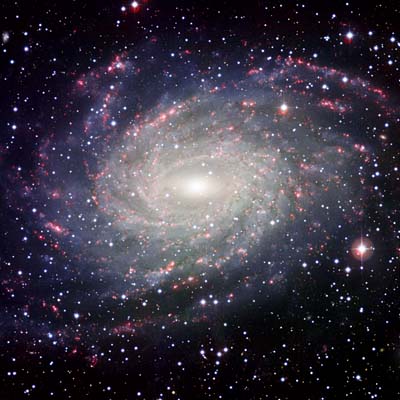
© European Southern Observatory / CC BY 3.0
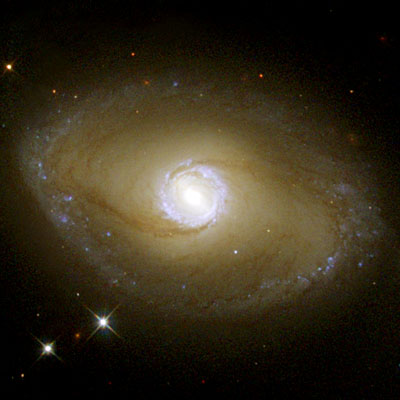
as seen by the Hubble Space Telescope
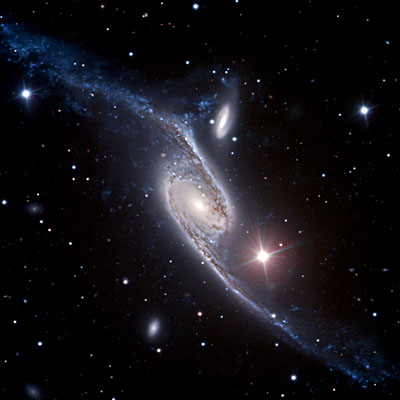
© ESO/VLT, Judy Schmidt / CC BY 4.0
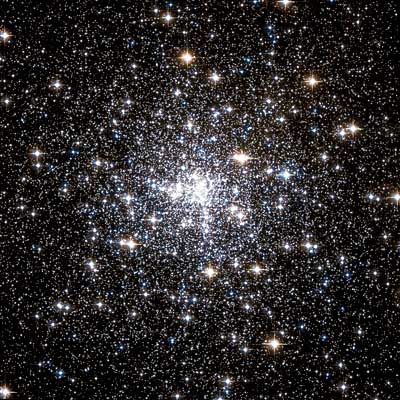
the Hubble Space Telescope



